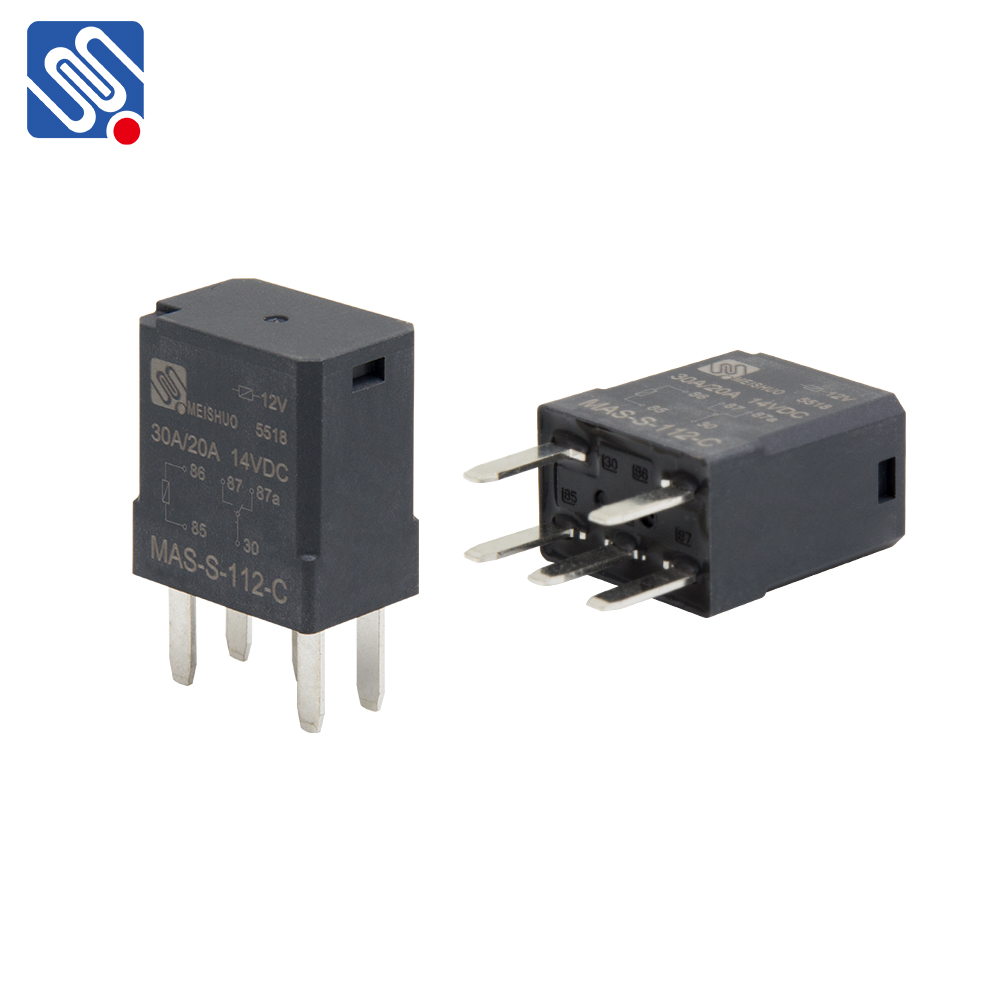understanding relay compatibility: key factors and considerations
Release time:2025-04-22 19:12:33
Relay compatibility plays a crucial role in ensuring the smooth operation of electrical systems, particularly in industrial, automotive, and communication applications. A relay, essentially an electrical switch operated by an electromagnet, is widely used for controlling circuits, switching electrical loads, and enabling automation. However, for these devices to function optimally, understanding the factors influencing relay compatibility is essential. This article explores the importance of relay compatibility, key factors to consider, and the impact of choosing the right relay for specific applications.

What is Relay Compatibility?
Relay compatibility refers to the ability of a relay to function correctly and reliably within a given electrical system. It encompasses several aspects, including electrical characteristics, physical dimensions, environmental conditions, and the relay’s interaction with other system components. Ensuring compatibility means selecting a relay that can handle the system's voltage and current specifications, fit into the designated space, and withstand any environmental conditions that might affect performance.
Electrical Compatibility
The first and foremost consideration when evaluating relay compatibility is electrical compatibility. This includes the relay’s voltage rating, current capacity, and switching characteristics. Relays are designed to work with specific voltage levels, typically rated for DC (direct current) or AC (alternating current) circuits. It is crucial to match the relay’s voltage rating with the voltage of the system to avoid damage to the relay and ensure proper switching functionality.


